The draft law amending and supplementing a number of articles of the Law on Education clearly states that vocational education is part of the national education system, including vocational secondary schools and colleges, training at elementary, intermediate and college levels.
The draft also removes the concept of secondary school and replaces it with a vocational secondary school program (a program that integrates vocational knowledge and high school knowledge). In the vocational training program, students have two options: to be awarded a primary vocational certificate or a secondary vocational certificate. After finishing grade 9, students will have three options: to enter high school, vocational secondary school with a primary certificate or to study vocational secondary school with a secondary certificate.
According to the Ministry of Education and Training, the above amendments and supplements create opportunities for learners to have many options after secondary school, transfer study, lifelong learning... in accordance with UNESCO's systematic approach.
Vocational high school: Where students learn both general education and vocational skills
The National Assembly 's Committee on Culture and Society believes that the addition of the vocational secondary school model comes from practical requirements to create conditions for students after junior high school to have more options, to continue studying the high school program and learn vocational skills, contributing to improving the effectiveness of student streaming.
In the conference to provide comments and guidance on building a development strategy for vocational education in Ho Chi Minh City, Mr. Truong Anh Dung, Director of the Department of Vocational Education and Continuing Education (Ministry of Education and Training), said that vocational secondary schools do not mean having to establish new schools. This is an integrated program in existing educational institutions - where students can both study culture and learn a trade, clearly identified in the national education system.
Speaking to Thanh Nien Newspaper reporter, Dr. Hoang Ngoc Vinh, former Director of the Department of Vocational Education (Ministry of Education and Training), said that this is a "remarkable turning point" in the work of student streaming after junior high school. "For a long time, our system has eliminated a clear intermediate vocational level between junior high school and college. "Intermediate level" is used to fill the gap, but it teaches both culture and vocational training without blending, and is not internationally recognized as an independent level of education according to most countries in the world ," Dr. Vinh added.
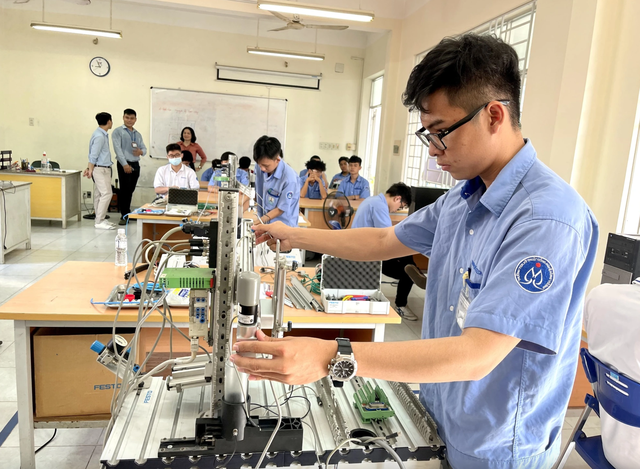
Bringing vocational secondary schools into the national education system is a "remarkable turning point" in the work of student streaming after junior high school.
PHOTO: MY QUYEN
According to Dr. Vinh, Vietnam used to have a vocational high school model, but for many reasons this model disappeared after 1998. Now it is returning in that direction but more modernized and progressive. Bringing vocational high school back into the law this time is an adjustment in the right direction, restoring a true technical-vocational high school level, with a clear identity, interconnected and linked to the labor market, in line with international trends.
The greatest significance of the vocational high school model is to open up parallel and equal learning paths. Every year, more than one million students graduate from junior high school, but not everyone wants or is qualified to study at high school. Vocational high school helps students to both study general education and vocational training, still having a high school diploma to continue studying or go to work early.
According to Master Lam Van Quan, Chairman of the Ho Chi Minh City Vocational Education Association, the decision to add a vocational secondary school model is a strategic, legal and highly anticipated move, in line with the strong trend of streamlining in the world. The impact on the vocational education system, especially in Ho Chi Minh City - which has the largest number of vocational schools in the country, is extremely positive.
According to Dr. Vinh, reintroducing vocational secondary education into the new law is a start, but success or failure depends on how it is done. If the name is only changed but the teaching method remains the same, it will fail like “9+2 intermediate level”. But if it is done in the right international spirit – considering this as a skill-oriented education line, with output standards, lifelong learning opportunities and respect from society – then this could become a historic turning point in Vietnam’s vocational education.
Dr. Vinh pointed out four key issues that need attention.
- Firstly, social awareness: many parents still consider vocational training as a "sidetrack", an option for weak students. He emphasized the need for a strong communication campaign to help society understand that vocational secondary school is a direction for skill development, not "second-class".
- Second, the quality of the program and the teaching staff: if we only combine culture and profession, without truly integrating, the program will be heavy and lack practice - repeating the "mistakes" of the previous intermediate model.
- Third, linking with businesses: vocational training must be linked with practice, if there is no real internship environment it will just be "learning by rote".
- Fourth, management system: The upcoming Law on Education and Law on Vocational Education need to clearly define the position and legal value of vocational secondary schools equivalent to high schools in the national qualifications framework (equivalent to level 4 of the European Qualifications Framework for both secondary levels), avoiding overlap or "different names but the same content".
The difference between vocational secondary school and vocational college
According to Dr. Hoang Ngoc Vinh, the core difference between vocational secondary schools and vocational colleges today lies in the training philosophy.
While the vocational secondary school program maintains a separate cultural teaching method, with heavy workload and little integration of practice, the vocational secondary school model aims to integrate culture with profession from the beginning, retaining only core and essential subjects. Students are taught both culture and profession in parallel, both to have a high school diploma to continue studying and to receive earlier, more practical and easier to absorb practical training.
Dr. Vinh said that calling "intermediate" for high school graduates is paradoxical, does not reflect the true level of education, and is not compatible with international qualification frameworks (EQF/ISCED), making it difficult for Vietnam to compare human resource output standards.
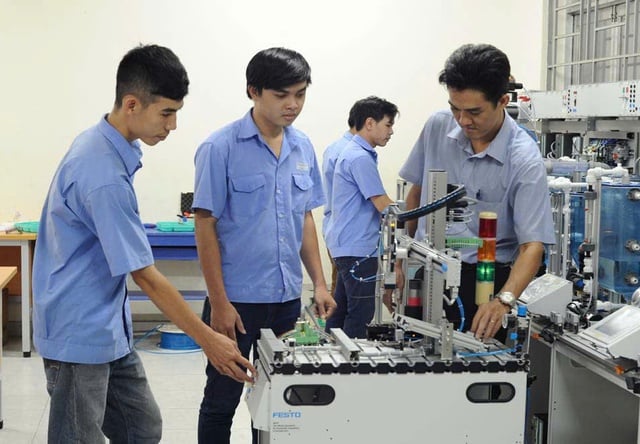
According to experts, bringing vocational secondary education back into the law is just the beginning, but success or failure depends on how it is done.
PHOTO: MY QUYEN
Pointing out the core differences between vocational secondary schools and vocational colleges today, Master Lam Van Quan said that the core goal of secondary schools is to achieve vocational skills at the intermediate level (within 1.5 - 2 years of study). Meanwhile, the goal of vocational secondary schools is to train learners who have both a solid cultural level (meeting high school graduation standards) and a vocational secondary degree, in an integrated program, with the vision of a complete level of education, creating citizens with high adaptability and lifelong learning.
Vocational secondary schools will have a more deeply integrated program between culture and profession, overcoming the situation where the two programs are connected separately. The management mechanism will also aim for more synchronization and unity between cultural knowledge and professional knowledge, helping students clearly see the application of cultural knowledge in real-life careers.
If "9+" is just a program implemented based on sub-law documents, vocational high school is identified and formalized in law, bringing stability and longevity to the system.
In terms of social positioning, vocational secondary education is expected to become a type of general secondary education with specialized career orientation, on par with high school. This helps change social awareness, affirming that choosing to study vocational secondary education is a stream based on talent and interests, not a detour for students who "cannot study high school".
According to Master Lam Van Quan, the vocational secondary school program is similar to the 9+ program, which is 3 years of study, but the difference is that the 9+ program includes vocational training in the first 2 years when the 12th grade cultural knowledge has not been completed. Vocational secondary school allows for the equal distribution of vocational programs according to culture and the integration of knowledge according to modules (vertical knowledge).
Models from international
Regarding international models, Dr. Hoang Ngoc Vinh suggested that Vietnam can learn from some models abroad:
- Korea with vocational high school Meister School linked to businesses - students study at school and do internships, have jobs right after graduation.
- Taiwan has technical senior high schools that account for nearly half of high school students, and they transfer to technical universities, creating a strong workforce of technicians for the semiconductor industry.
- Finland, where vocational secondary school programs closely integrate culture and profession, the cultural load is moderate and some subjects can be made up when transferring to university.
The common point is early streaming but not labeled as "academic failure", because society considers vocational skills as a real value that is respected, has legal value like high school in terms of opportunities for continuing education, employment and career development and needs to be regulated in the Law on Vocational Education.
Source: https://thanhnien.vn/trung-hoc-nghe-la-gi-hoc-sinh-co-nhieu-co-hoi-lua-chon-ra-sao-185251022232649742.htm




![[Photo] General Secretary To Lam and his wife begin their official visit to Bulgaria](https://vphoto.vietnam.vn/thumb/1200x675/vietnam/resource/IMAGE/2025/10/23/1761174468226_tbtpn5-jpg.webp)
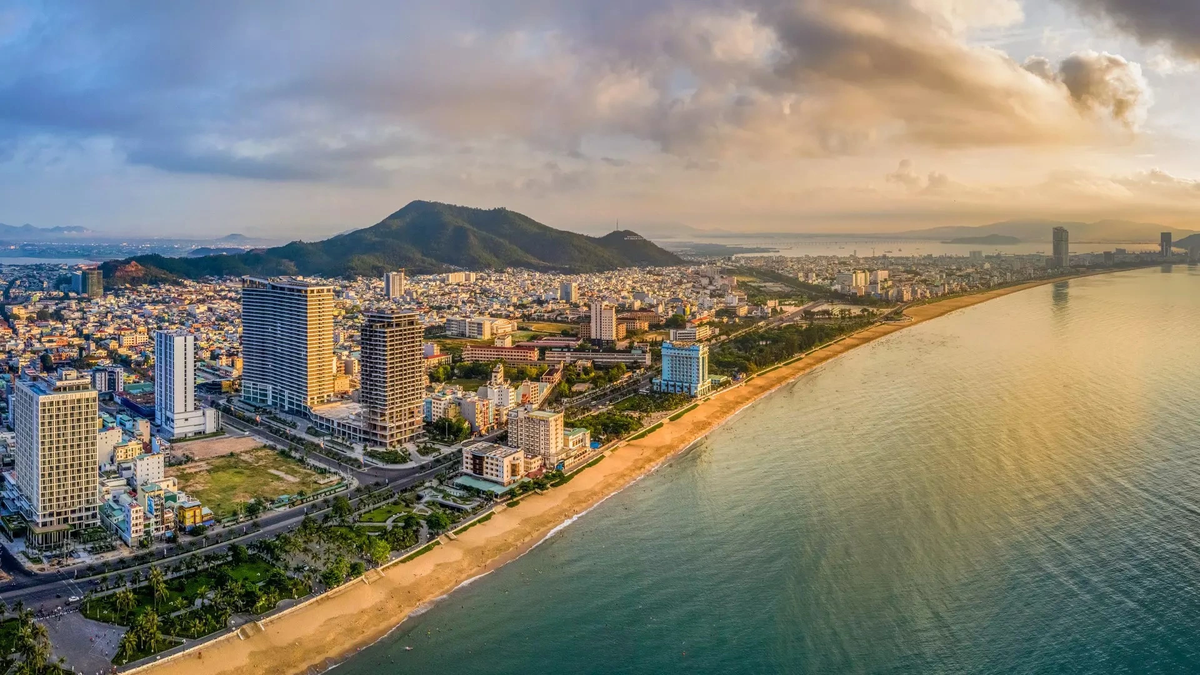

![[Photo] Prime Minister Pham Minh Chinh chairs meeting on railway projects](https://vphoto.vietnam.vn/thumb/1200x675/vietnam/resource/IMAGE/2025/10/23/1761206277171_dsc-9703-jpg.webp)
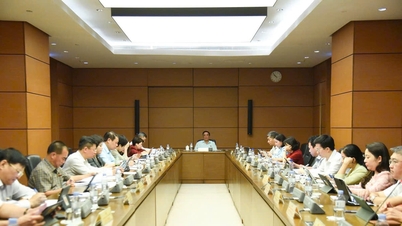


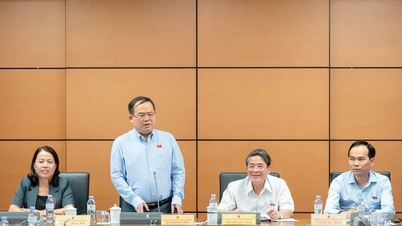
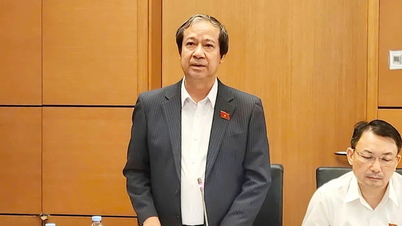

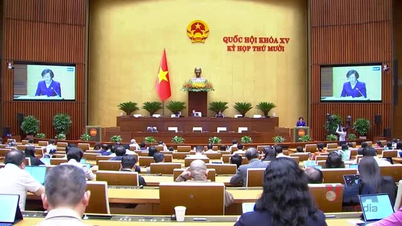

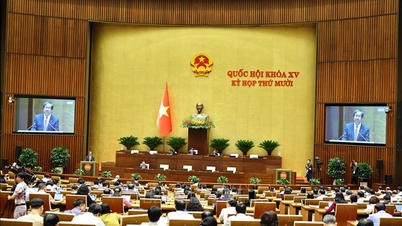



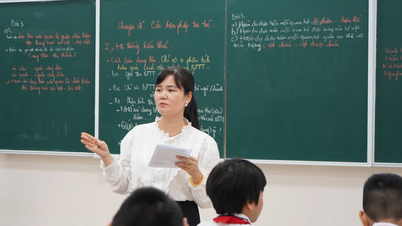



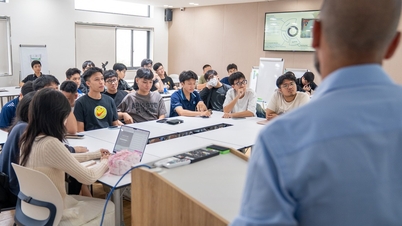
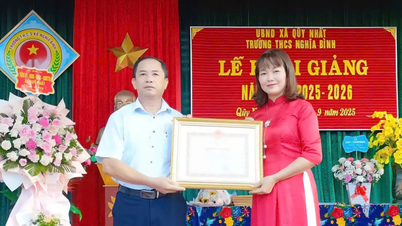
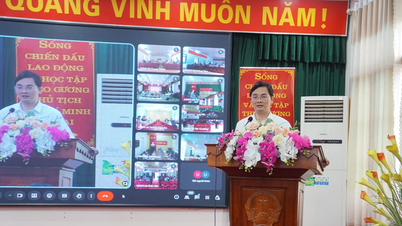





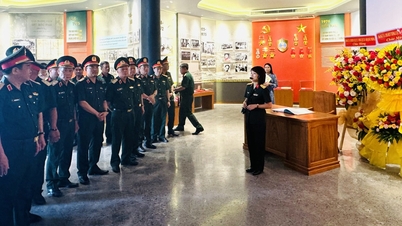
















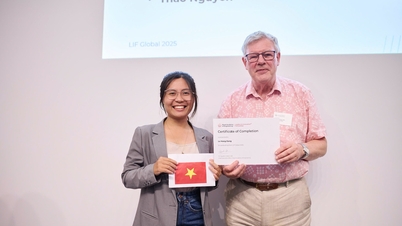





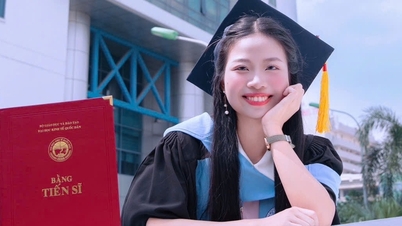























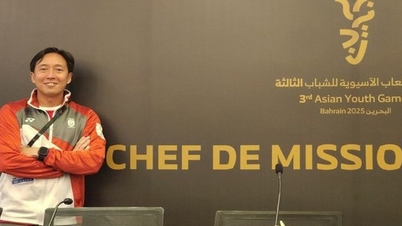












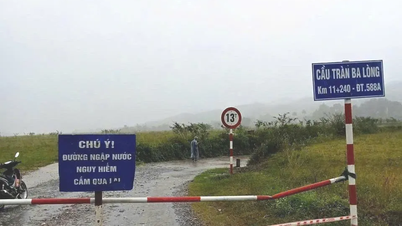

















Comment (0)